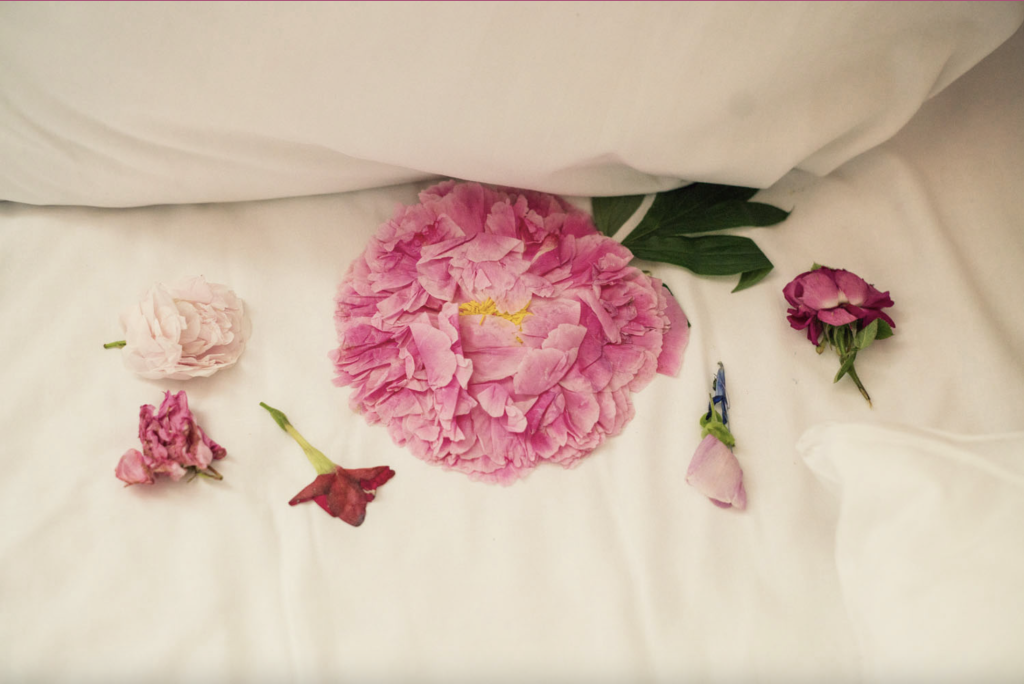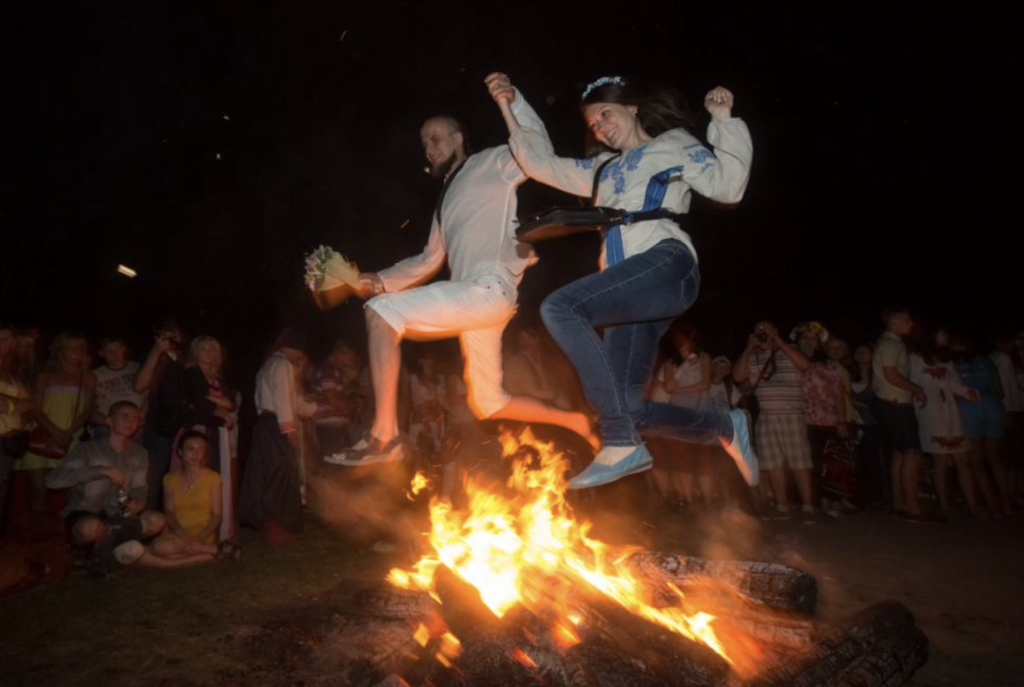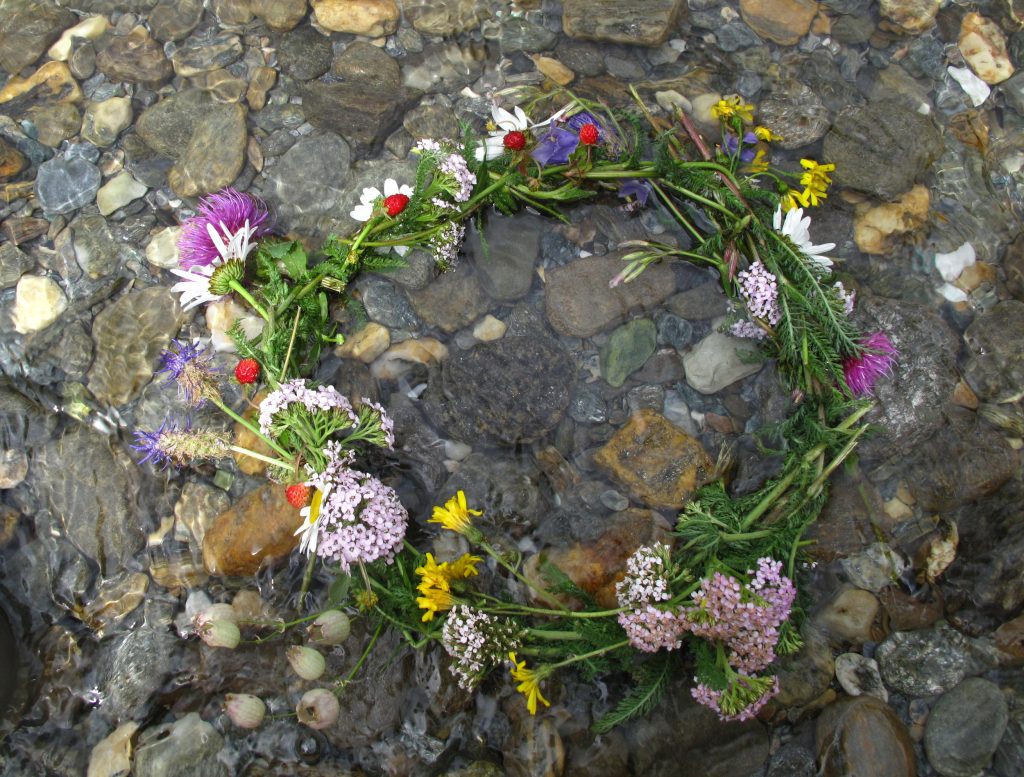The Summer Solstice occurs each year on either June 21st or June 20th, resulting in the longest day of the year. Conversely, the same occurs on the Winter Solstice which brings the shortest day of the year. At this time, the sun is actually the farthest north it can possibly be within the Northern Hemisphere. This brings elongated daylight and shorter nighttime. The Summer Solstice is also the official summer kickoff for many who subscribe to the lunar and solar calendars.
Following the Summer Solstice is a myriad of Midsummer celebrations, traditions, and rituals across the world. For many, Midsummer represents the harvest, fertility, good fortune, and luck in romantic endeavors. Midsummer practices are born of the European Pagan religion and have since taken on a life of their own over the course of a thousand years. It is commonplace in several cultures to pay gratitude to Gods, Deities, and Spirits. The physical properties of fire and water also play a great role in many Midsummer celebrations, as fire often represents the sun and water is meant to be a cleansing, guiding force.
We’ve curated a list of five Midsummer traditions from around the world so you can reign in the new season!

5. Flower Spell – Sweden

Flowers are all the rage when it comes to celebrating Midsummer in Sweden. Used to adorn Maypoles, crowns, and serving as divine decoration, flowers are believed to hold fortuitous romantic properties around the time of Midsummer. According to legend, those looking to gain insight into their future matrimonial pursuits would gather seven different types of flowers from their nearby surroundings into a bouquet. Placing that bouquet under your pillow as you sleep is said to reveal your future partner to you in a dream.
4. Fire & Water Ritual – Spain

In Spain, Midsummer’s Eve is called The Night of San Juan or ‘Noche de San Juan. People gather around a large bonfires and set off fireworks near the coast. They then must submerge themselves in water at Midnight in order to promote good luck and fortune for the year to come. The bonfires and fireworks are in celebration of the Sun as the days grow longer and warmer and submerging yourself in water at Midnight is said to ward off any evil, unwanted spirit, or negative energy that has attached itself to you during the year.
3. The Lovers Jump – Ireland

Fire is seen a direct symbol of the Sun and all it’s energies during the Summer Solstice. In Ireland, lovers hold hands and take turns jumping over bonfires during Midsummer celebrations. This ritual is thought to bring luck and longevity to their relationship. It is also said that the higher the lovers jump over the flames, the taller the crops are to grow that season.
2. Solstice Dishes – China

Spanning centuries, Chinese Midsummer celebrations have often surrounded the harvesting of grains, worshiping the Earth and honoring ancestors. Over generations, food has become the central focus of all Chinese Midsummer celebrations as the medicinal properties attached to several of their seasonal dishes aim to ward off any heat related ailments. There is a saying throughout popular Chinese culture, “winter solstice dumplings and summer solstice noodles.” Cold noodles are very popular during the Summer Solstice as they are believed to keep one’s apetite despite summer heat. In Nanjing, pea cakes are prepared by elders and passed throughout town. They are a light, seasonal treat that are believed to keep heat out of the body. Also, in the Hunan province, Summer Solstice Eggs are a popular delicacy. Eggs are first hardboiled, removed of their shells, and then placed into a jujube soup. Summer Solstice eggs are said to help people resist the heat.
1. Kupala Flower Wreathes – Russia

Similar to other European and Pagan traditions surrounding the Summer Solstice, Russian cultures also place heavy emphasis on the metaphysical power of fire and water. During Kupala, the Russian Midsummer festival, individuals float wreathes of flowers lit with candles on rivers. This is done in order to gain foresight into coming or ongoing romantic relationships. People will follow the wreath along the riverbank and find fortune within the patterns created by the flowers as they float along down the river. Often times other’s will attempt to capture the wreathes in order to win the hearts of those who sent them down the River.
Happy Midsummer, Circus!



